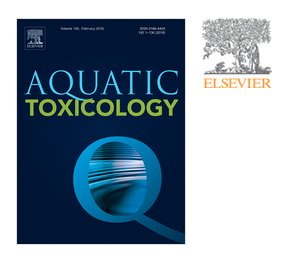Microplastic does not magnify the acute effect of PAH pyrene on predatory performance of a tropical fish (Lates calcarifer)
New publication by Olga Guven, Lis Bach, Peter Munk, Khuong Van Dinh, Patrizio Mariani, Torkel Gissel Nielsen

Abstract:
Microplastic (MP) leads to widespread pollution in the marine ecosystem. In addition to the physical hazard posed by ingestion of microplastic particles, concern is also on their potential as vector for transport of hydrophobic contaminants. We experimentally studied the single and interactive effects of microplastic and pyrene, a polycyclic aromatic hydrocarbon, on the swimming behaviour and predatory performance of juvenile barramundi (Lates calcarifer). Juveniles (18+ days post hatch) were exposed to MPs, or pyrene (100 nM), or combination of both, and feeding rate and foraging activity (swimming) were analysed. Exposure to MPs alone did not significantly influence feeding performance of the juveniles, while a dose-effect series of pyrene showed strong effect on fish behaviour when concentrations were above 100 nM. In the test of combined MP and pyrene exposure, we observed no effect on feeding while swimming speed decreased significantly. Thus, our results confirm that short-time exposure to pyrene impacts the performance of fish juveniles, while additional exposure to microplastic at the given conditions influenced their activity only and not their feeding rate. Further studies of the combined effects of microplastics and pollutants on tropical fish behaviour are encouraged.
Aquatic Toxicology. Volume 198, May 2018, Pages 287-293. doi.org/10.1016/j.aquatox.2018.03.011
